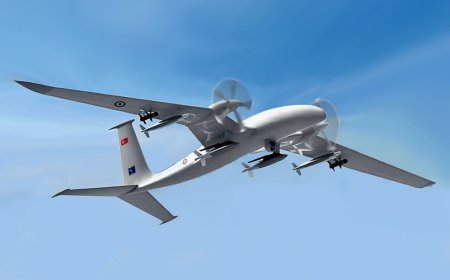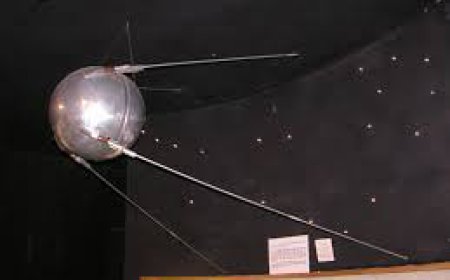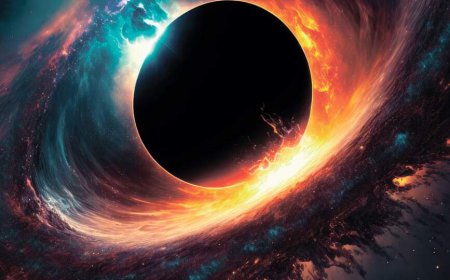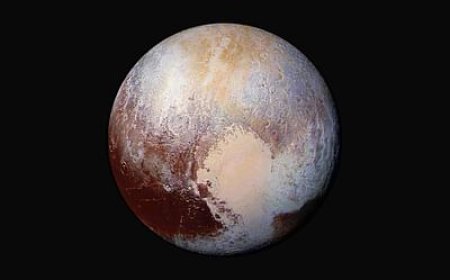The mysterious journey of a dangerous rogue star speeding through space!
Our ever-familiar and mysterious Milky Way galaxy contains an estimated 400 billion stars. Some of these stars are traveling through the universe in a very random and extremely fast manner. Astronomers have initially identified such rogue stars as intergalactic stars. These stars transform into a kind of hypervelocity star system and travel at incredibly fast speeds and independently in infinite space, from one galaxy to another or within their own galaxy.
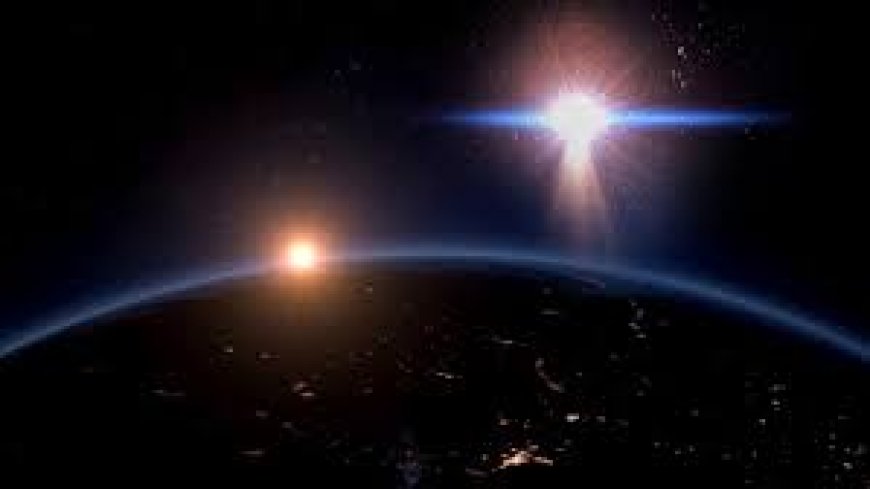
Astronomers have studied these rogue stars with high-tech telescopes closely and have found that these rogue stars, for whatever reason, have deviated from the central gravitational pull of the galaxy and are traveling aimlessly in intergalactic space independently. Scientists have not yet been able to recover accurate data on the mysterious properties of such star systems. However, scientists have been closely monitoring the movements of some such star systems for two decades.
To know about the properties of rogue stars, we first need to know what a rogue star is? In fact, a rogue star or "rogue" star system is a high-speed star that is freed from the gravitational bond of its birthplace or mother galaxy and is traveling aimlessly in space. In another language, this type of star is called a hypervelocity star system or intergalactic star. Such stars are deflected by the influence of the central black hole of the galaxy or other cosmic events. Moreover, their speed can be incredibly high, from approximately 80 kilometers to 1,750 kilometers per second.
-
Astronomers have studied in depth that when one of the two stars in a binary star system in a galaxy dies, the other binary star frees itself from the central gravitational force and becomes a rogue star or rogue star. Again, even if a star comes close to the strong gravitational pull of a supermassive black hole in the galaxy, it may not enter the black hole and be ejected and become a high-speed hypervelocity star or rogue star. In addition, there may be several other unknown reasons for becoming a rogue star. Scientists are researching this.
Astronomers believe that the origin of rogue stars may be due to several cosmic reasons. Among them is the destruction of the binary system, that is, if one star in a binary star system explodes as a supernova, the other star can become a rogue star by breaking free from the strong gravitational pull. Moreover, if a star comes close to the powerful supermassive black hole at the center of the galaxy, it can be thrown out by the gravitational pull and achieve extreme speeds. Moreover, among other reasons, it can become a rogue star due to galactic collisions or the gravitational pull between galaxies.
One such rogue star (binary stellar system) roaming in our familiar Milky Way galaxy is Scholz's star or WISE-0720-0846 red dwarf star. Researchers have identified it as a rogue or rogue star. Which is located in the constellation Monoceros at a distance of about 22 light years or 6.8 (kilo parsecs) from our Sun. The mass of this star is about 0.15 times that of our Sun and its speed is about 83 kilometers per second.
This Rog star system was first discovered by astronomer Ralph-Dieter Scholz in 2013. This red dwarf star is named Scholz's Rog Star after him. According to the research of scientists, this dwarf star (Scholz's Star) passed by the Oort Cloud at the end of our Solar System about 70 to 80 thousand years ago at a distance of about 0.82 light years or 55,000 astronomical units (AU). Although they do not think that this did any major damage to our Solar System.
Scholz's star or WISE-0720-0846 is a red dwarf star that is thought to be about 3 billion years old and has a lifespan of about 10 billion years. Although the mass of this red dwarf rogue star system is very low, if it enters our solar system's Oort cloud, it could cause a terrible catastrophe due to its high speed and its own gravity. With such an impact, large ice comets in the Oort cloud could enter the main solar system directly and collide with planetary satellites. Although such a possibility is unlikely in the next few million years.
However, in 2019, astronomers found the fastest super hypervelocity or extremely fast rogue star that roams infinite space. They named this rogue star S5-HVS1. They observed it and found that its speed was incredibly approximately 1,750 kilometers per second. Which most likely achieved this incredible speed by being ejected under the influence of the gravitational force of the supermassive black hole in Sagittarius at the center of the Milky Way galaxy. The velocity of which is much higher than the escape velocity of the Milky Way.




























